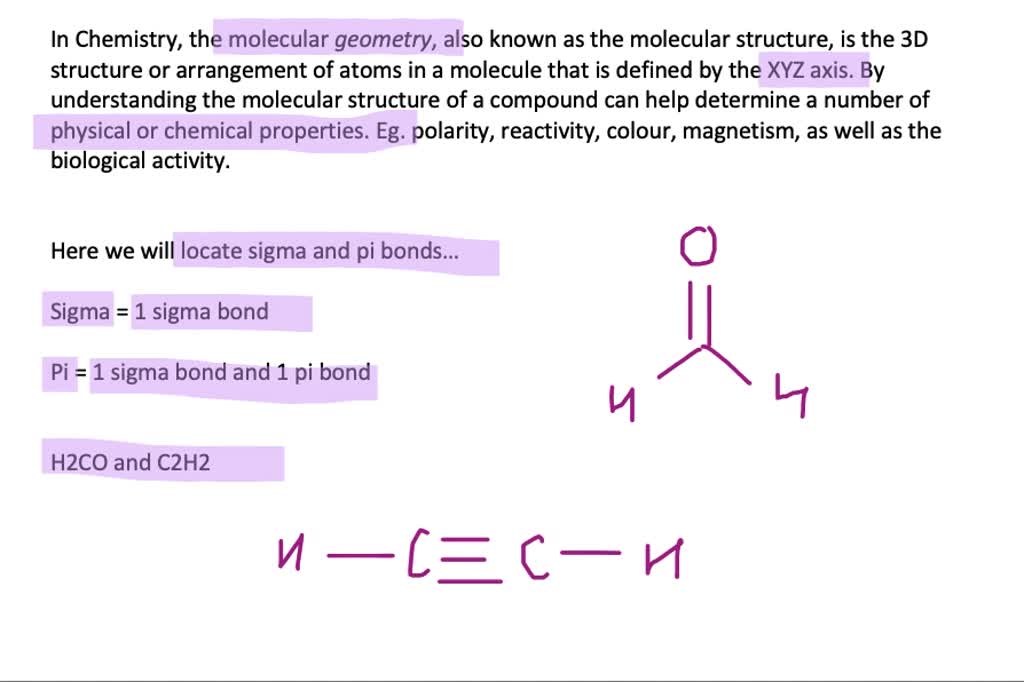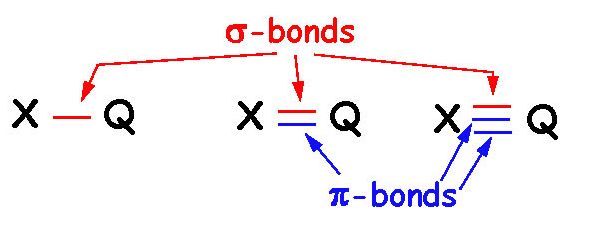
Overall this sigma-pi picture of the double bond is reminiscent of a hot dog in a bun. Because the pi bond has less electron density between the atoms, it is of higher energy in the MO diagram and is weaker than the sigma bond. In 3D, this linear node would be a plane, separating the two lobes of high electron density that constitute the pi bond. The m 2,1 mode has a linear node between the atoms, and maximum amplitude in front of, and behind, the node, representing the pi bond. The m 1,0 mode has no nodes, so the maximum amplitude of the standing wave is between the atoms, representing a high electron density sigma bond. Imagine the two atoms opposite one another where a diagonal meets the edge of the drum at extreme left and right points. This node is akin to the shape of the pi bond where there is no electron density along the plane.Īlternatively, we can envision the molecular orbitals with the Drum Model described earlier. (b) The second-lowest energy standing wave has a single node.

This is like the continual electron density in all directions around the sigma bonding orbital. (a) The lowest energy form of a standing wave has no nodes. Thus the pi molecular orbital is higher in energy and is the highest occupied molecular orbital (the HOMO). The pi bond between the two carbon atoms has one node in the plane of the molecule. The sigma bond between the two carbon atoms does not have a node in the plane of the molecule. The sp2 hybrid orbitals are purple and the p z orbital is blue. The figure below shows the two types of bonding in C 2 H 4. The wave with a single node has higher energy. A pi bond ( bond) is a bond formed by the overlap of orbitals in a side-by-side fashion with the electron density concentrated above and below the plane of the nuclei of the bonding atoms. If your workstation is enabled for JCE Software, you will see two videos below which compare the behavior of a standing wave with zero nodes versus a standing wave with one node (otherwise, see the drum animation below). The pi bond can be thought of as a standing wave with a single node in the plane of the molecule. Each of the two electrons in the pi bond (π bond) exists both above and below the plane of the four H atoms and the two C atoms. The pi bond (π bond) has two halves-one above the plane of the molecule, and the other below it. This is called a pi bond, Greek letter π. A second carbon-carbon bond is formed by the overlap of these two remaining p orbitals. The sp2 hybrid orbitals on each carbon atom involve the 2 s and two of the 2 p orbitals, leaving a single 2 p orbital on each carbon atom. By selecting N8 HOMO, you can see the pi orbital represented by the two lobes. This is actually sigma bonding between C-C and some sigma-like bonding around the Hs as well.

To view the sigma bonding orbital, select N6.

These overlap sideways to form a π bond, also shown in gray. Two p orbitals, one on each C atom, are shown in gray. Two of these overlap directly between the carbon atoms to form the σ bond. Three sp 2 hybrids around each carbon atom are indicated in color.


 0 kommentar(er)
0 kommentar(er)
